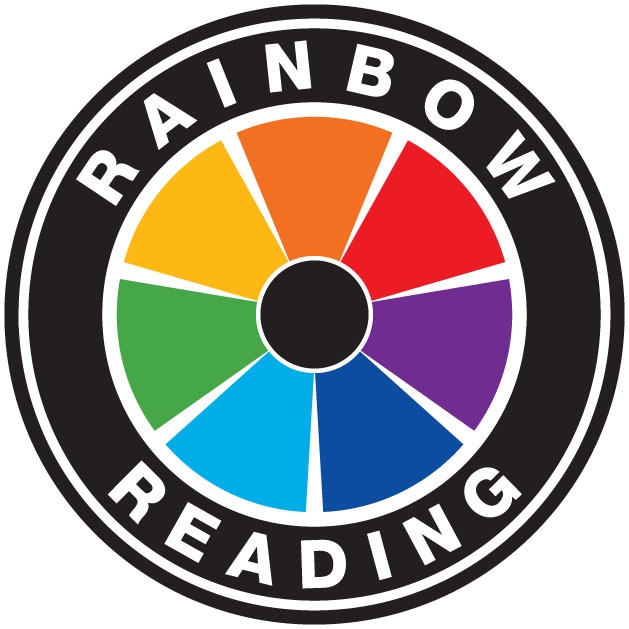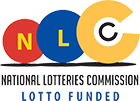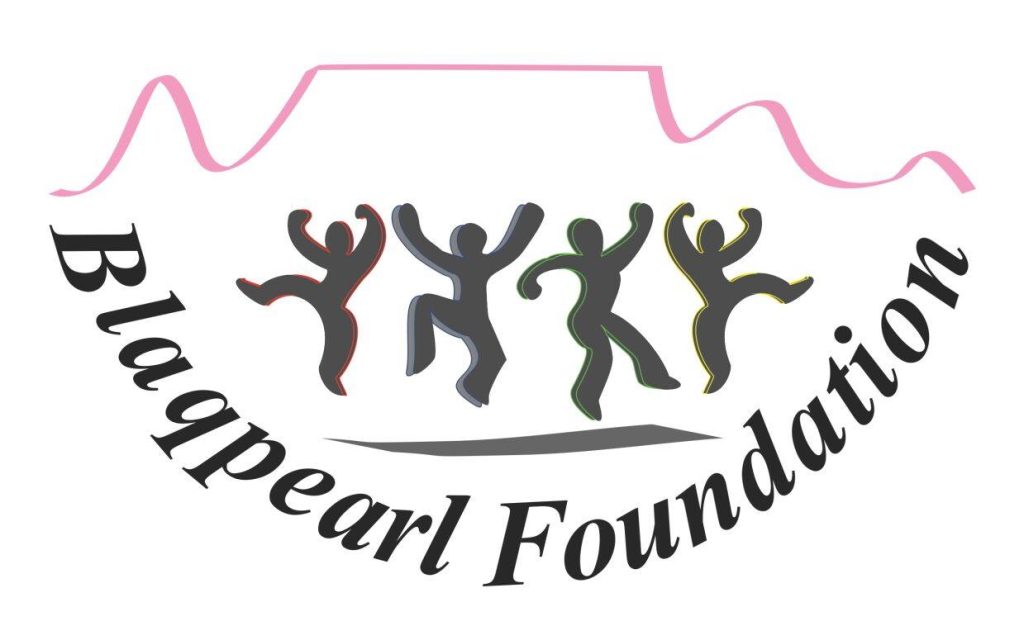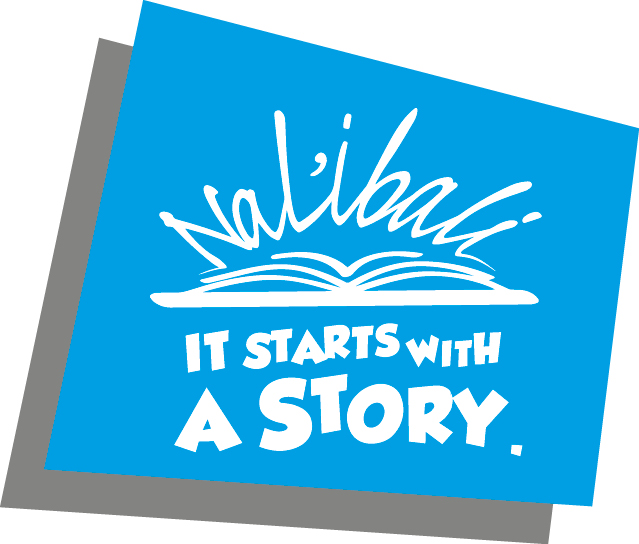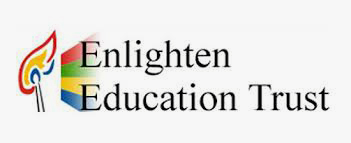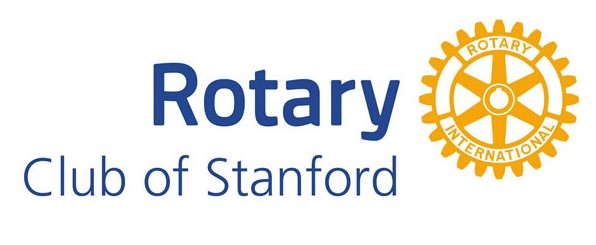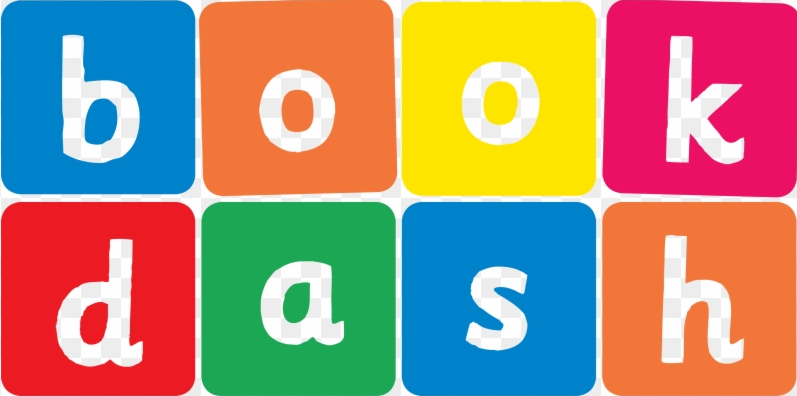Both begin with C and both are totally absorbed in the topic of books – and reading.
What’s your favourite book? It’s one of the security questions asked when you want to log on to a secure website and it gives me so much trouble that I had to write the answer down somewhere (safe) because it changes all the time. It is an interesting question, particularly in the context of what children enjoy reading. What works for one won’t interest the child in at the next desk; what fascinates a Grade 4 does nothing for a Grade 3 of similar reading ability.
The secret of getting children to read is so damn obvious but it appears to have remained a secret from many so-called educational experts. Give children bright, colourful, well-written, exciting books – and give them a choice. Give them the opportunity to say: ‘I don’t like that one – I prefer this one.’ Just like adults do. Give them age-appropriate books with careful vocabulary (but careful also to challenge and stimulate language abilities). Give them, above all, BOOKS!
We have plenty of books in South Africa. Mysteriously, we don’t have so many in our schools. Answering the question: ‘Why not?’ would take more than the scope of this article, but the fact is that many, if not most, of our children are starved of reading that makes any sense to them, hungry for stories that interest them and thirsty for books they can read and actually enjoy, for fun.
Children’s Book Network makes extensive use of the Cambridge Rainbow Readers because they tick all the above boxes, but mostly because they pull their weight in a workshop setting. Partly, they work because they are so well filed and organised. Recent workshops on Music and Books made use of titles from the Music box on topics as different as an audition for a musical, creating a band and a non-fiction book about recording and sound – all Rainbow Readers. They were easy to source. The system of subject-related boxes of books makes it easy to select a book for any topic (no matter how spontaneously it arises) and reinforce that message with other Rainbow books that are different in every way, but which keep on delivering the message that reading is fun, reading is good – and reading is something we should all be doing more.
We have now introduced a section in workshops – after the practical and excitingly hands-on bits, when the participants are a bit tired and relaxed – when everybody just takes a book and finds a place – and reads. Some read to each other (reading aloud is surprisingly popular amongst children who don’t read much) and some cuddle up with a facilitator to enjoy a story. For ten minutes, maybe longer, there is peace – and peace is something we don’t associate with CBN workshops, which are quite exhilarating. It is also a quiet time for the exhausted facilitators to lean against a handy wall and reflect that this was, actually, what we came for.
From the CUP website:
Rainbow Reading is a graded reading series for primary schools. It provides a wealth of original stories and factual texts, which will help learners to develop the reading skills and vocabulary they need to meet the requirements of the curriculum in all learning areas. All 350 titles in the series are written by South African authors. Rainbow Reading motivates young readers to become fluent readers, because it allows them to choose stories that they want to read and to read at their own level.
Rainbow Readers were published in Cape Town in 2009
For more information, visit http://www.cup.co.za/
Disclaimer: It has to be said that Lesley Beake, author of this article, wrote several of the books in this series and we do use some of those too. But that has nothing to do with her general approval of the series as a whole. This is an excellent series that deserves to be much better known. We particularly like them in a workshop situation because they are the right length – a story can be read as a whole within the sometimes short attention span of the listeners.

